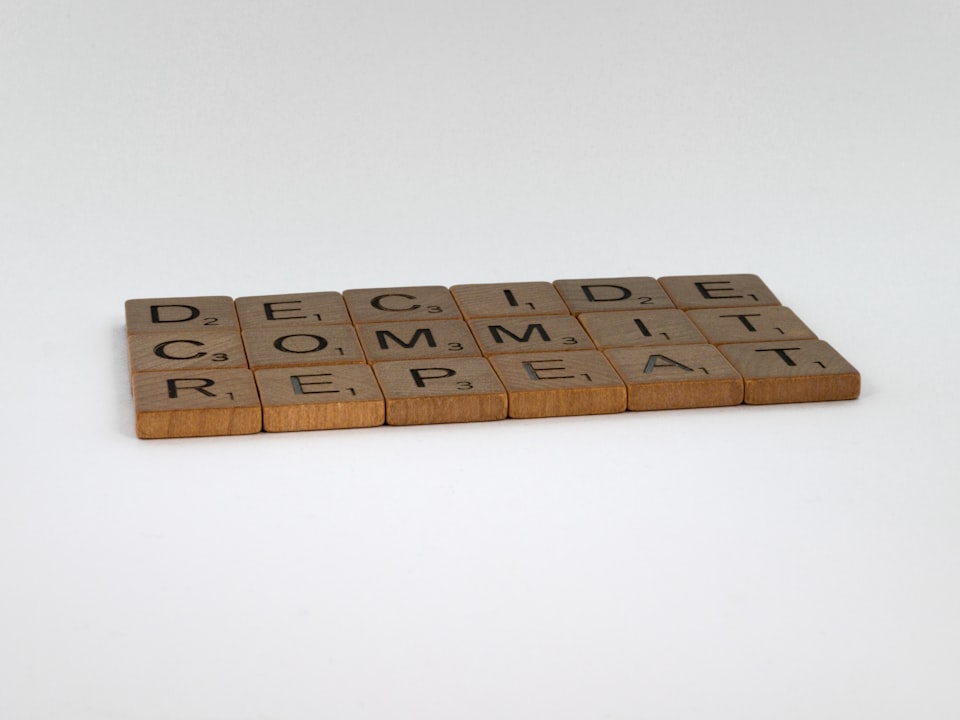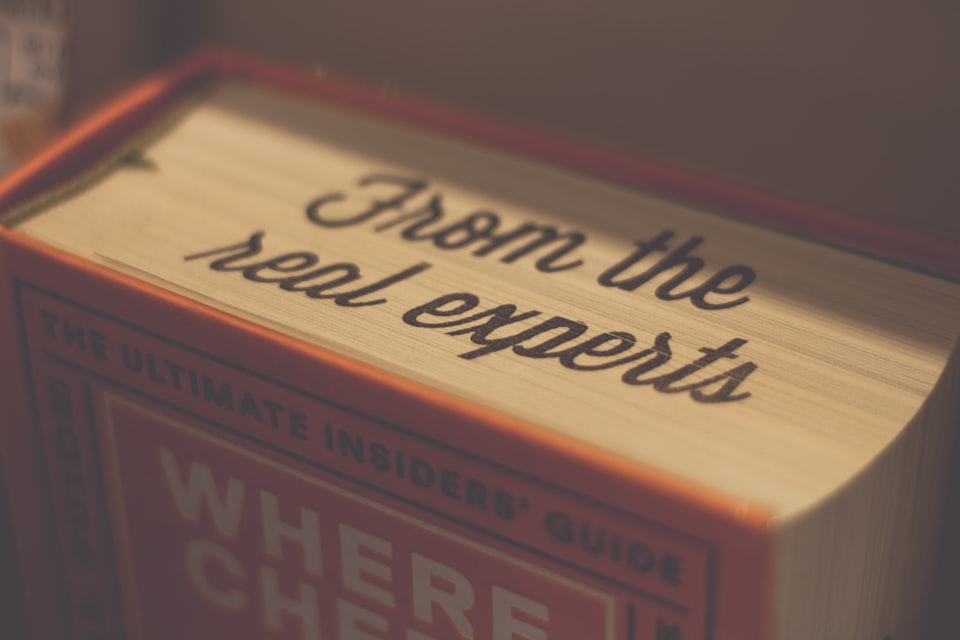First in a series on Becoming a Great USAID Proposal Writer
You want to write winning proposals? You'll need to learn the fundamentals of USAID business development. Here's Why.
Proposals are pressure cookers. With limited time (and resources) you have to write up a complex, multi-year, multi-million dollar program. RFPs are complicated and the final proposal is hundreds of pages of narrative, tables, and spreadsheets to meet all of the requirements. And proposals are different enough from project implementation that the terminology and processes can be frustrating to even the most seasoned USAID chief of party or project manager. USAID proposals have their own terminology, processes, standard deliverables, and best practices that you need to learn to write more winning proposals.
Can you dive in without learning the fundamentals? Sure, and plenty of amazing proposal writers learned by 'drinking from the firehose' as they say. But for every exceptional proposal writer who learned on the fly there is a graveyard full of proposals that went up in flames. To consistently write winning USAID proposals you should be proficient in the fundamentals of USAID BD. The good news is that you can do that pretty quickly, and I'm confident just about anyone willing to learn can master the fundamentals of USAID BD regardless of position or experience.
So.... where do you start?
An easy place to start is Keylime's fundamentals of USAID Business Development course. It's online, cohort based, and delivered by true domain experts. And everything I recommend here is part of the course.
Whether you take our course or not, there are a number of other things you should do on your own to learn the fundamentals.
First, read more RFPs (or any RFx). Great proposal writers know what to do when they read an RFP because they've seen so many before. When you read a variety of RFPs you'll begin to see patterns in what USAID is asking for. You will see how some RFPs are prescriptive, while others leave it to the offeror to propose solutions. That helps when you need to figure out how much leeway you have in your proposal. You'll learn proposal terminology. You'll be comfortable with proposal requirements (and know when a requirement is a norm or an anomaly). The best way to do this is read an RFP for a proposal your organization is bidding on (even if you aren't working on that proposal). Read all of the modifications when they are released including the Q&A. Alternatively, you can pick an RFP from beta.sam.gov.
Set a goal: I suggest one RFP per month, which should take you about 3 hours at first and you'll get much faster over time. See if there's anyone you can buddy with and have 30 minute discussions for each RFP.
Next, pay attention to a few key USAID information sources: the Business Forecast and Country Development Cooperation Strategies (CDCS). If you drop in and read updates from both of those sources you'll learn more about types of programs USAID is investing in and the different shapes and formats proposals can take. The evolution of USAID programs will become more clear and you'll know where the proposal fits in the process.
Read the CDCS for a country you already work in. Then, browse the business forecast to see what kinds of programs are forecasted in that country plus the solicitation details (full & open or limited competition?).
Third, talk to people with substantial proposal experience. What do winning proposal writers consistently do? What are the biggest challenges they consistently see on proposals? Who writes a better proposal—a technical expert or a country expert? What are the most common attributes of winning proposals? You might be surprised at what you learn......
How do you know if you've mastered the fundamentals?
Once you've mastered the fundamentals, you'll be able to do some key things effortlessly. And these things are all critical to consistently writing winning proposals.
You can quickly read an RFP and understand the requirements.
It's clear what is standard in a proposal and what is an anomaly. Anomalies need more time and attention to solve.
You know if a proposal is going to require special information or resources.
You can evaluate if you are the right person to write it and what kind of resources you'll need to be successful.
You can cross reference information about an RFP to figure out how it fits into the grand scheme of things. Is it a follow on project? Are there complementary programs in USAID's portfolio?
~

